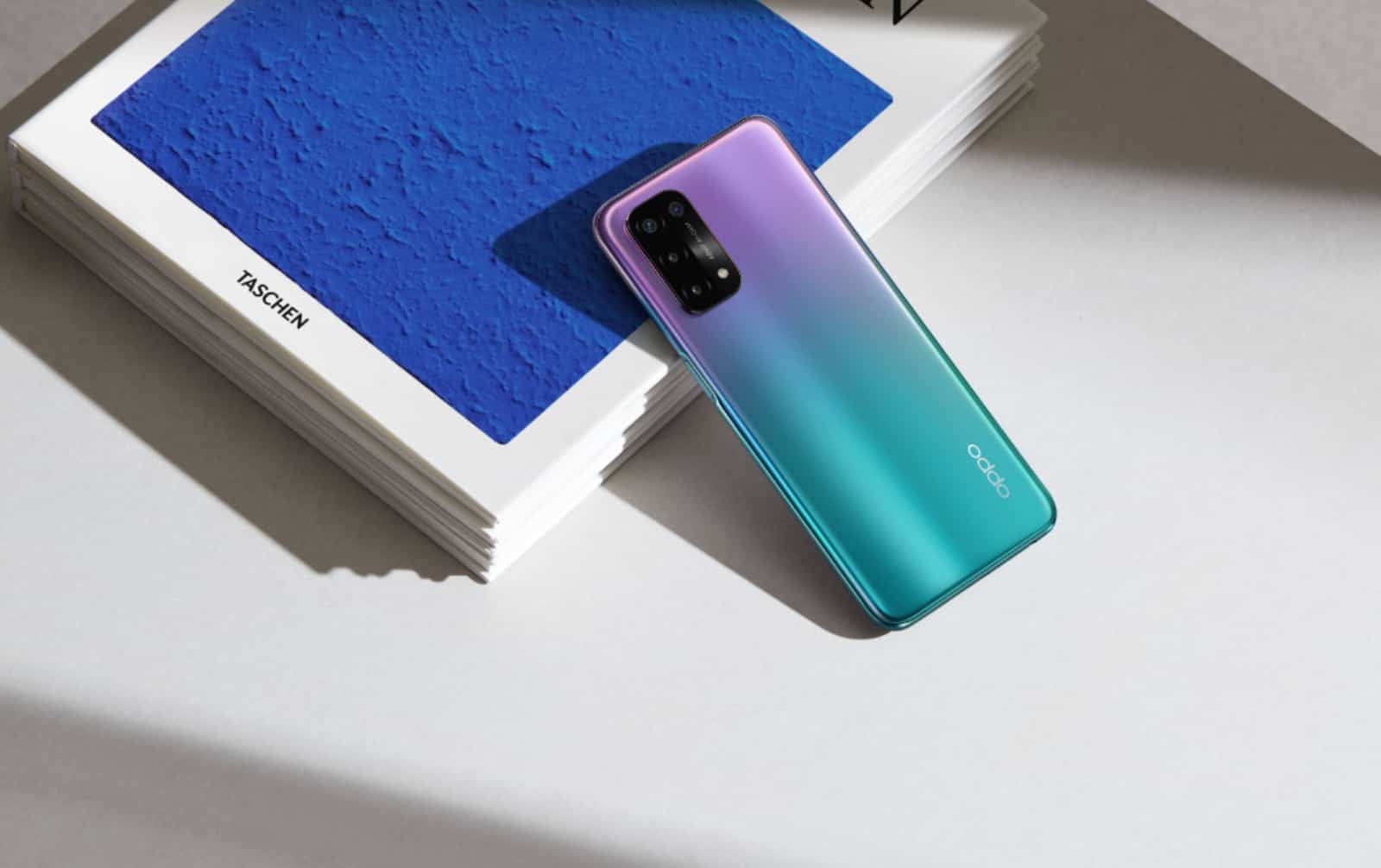This week on The Wrap, we’ll explore why laptops are about to get fast, and how 5G has managed to get so inexpensive. Plus PS5 shortages, new smart displays, and more, all in five.
Subscribe to The Wrap at Apple Podcasts…Transcript
It’s the middle of May 2021 and you’re tuned into The Wrap, Australia’s fastest technology roundup, and this week, there’s good news and there’s bad news, so let’s get stuck in.
Starting with the bad news. It’s good to get the bad news out of the way, we think, and this week the bad news is if you’re waiting in line to buy a PlayStation 5 — maybe you’ve been waiting since it launched last year — well, it’s not likely going to get any easier.
The PlayStation 5 is hot property, and while it’s been out since late last year, finding one hasn’t been kind. There are shortages everywhere and scalpers on eBay, but finding a PlayStation 5 to buy is basically a matter of acting quickly when shops get them, and it doesn’t always work.
The bad news is it doesn’t look set to change, with news this week that stock shortages look set to continue through to next year. That’s bad news for anyone holding out hope they’ll get one by Christmas, because it still might not happen.
Not everyone is having supply problems, though.
There’s new tech coming from all sorts of places this week, with JBL offering up a new Dolby Atmos soundbar in the Bar 5 Multibeam, a gadget that gets 3D audio down to a $600 price point, while the Sonos equivalent, the $1400 Arc has an update which lets owners tweak the dimensional sound so it suits them.
Meanwhile, Amazon has two new Echo smart displays on the way with revised takes on the Echo Show 5 and Echo Show 8. Smaller than the Echo Show 10, these basically get a smart screen with video chat for just above a hundred and just below two, respectively.
Telstra also announced it has more 5G coming, but this time for the home. Every telco is expanding 5G across Australia, but Telstra has said 5G home internet is coming to more places soon as well. That could mean faster internet speeds will be coming soon to your home.
And while we’re at home, we might want to look at ways to improve our computers. Not the desktop, because they’re not as used, but if we could somehow get the performance of a desktop into a laptop, we’d be laughing.
Fortunately, that might be coming, because this week we’re hearing about new chips gracing new laptops in the coming months, and it’s big news if you play games or make stuff. Ahead of Computex next month, Intel has launched what we can expect, with Tiger Lake H, the newest breed of Intel Core processors.
These new chips come with performance and lots of it, with the top end Tiger Lake Core i9 basically offering a staggering 5 Gigahertz processor for big buyers keen to spend on a big laptop. That’ll be gamers, animators, game developers, and anyone else looking for the best of the best of the best, and pretty much everyone has something coming to suit. Dell, Alienware, Razer, Lenovo, Asus, everyone has something, you’ll just need the coin to spend.
And that last company, Asus, also announced that it’s getting back into the phone game in Australia, launching two phones this week, the Zenfone 8 and the Zenfone 8 Flip. They’re phones coming in normal and big sizes, and with different features. The Zenfone 8 will offer a 5.9 inch screen, two cameras, water resistance, and support for 5G, while the Zenfone 8 Flip is a bit bigger at 6.67 inches, but uses three cameras on a special rotating mechanism that allows you to use the cameras for selfie mode.
Neither has a price locally, which makes it a bit of a strange launch, given we have no idea what they’ll set you back when they arrive.
That’s totally distinct from a phone we’ve just reviewed, the Oppo A54 5G, which is the least expensive 5G phone in Australia. At a hair under $400 locally, it’s basically the cheapest 5G phone you can find in the country, and yet feels like it’s focused on value.
There’s a sizeable 6.4 inch Full HD plus 90 Hertz screen in the phone, four cameras, and 64 gigs of storage. On paper, the A54 5G reads as pure value. In practice, it is, but there’s a bit of a catch.
And that catch is performance, because while you get the 5G technology Telstra and Optus and Vodafone are all offering at a bargain basement price, you also get a slightly slower system. We found noticeable lag as we used the phone, with slow downs as we jumped between apps and tried to take photos.
The camera is better than we expected and the battery life can last over 24 hours, stretching into day two nicely, but the performance is underwhelming to say the least. We think we get why: it has four gigs of RAM, and that might not be enough. Every other mid-range 5G phone we’ve played with so far has had six, and that might be enough to do it.
It’s enough to tell us that if you’re perhaps considering the Oppo A54 5G at $399, maybe look to the Oppo A74 5G at $449, because it has just that little bit extra memory to work with.
For now, you’ve been listening to The Wrap, Australia’s fastest technology roundup. A new episode can be found every week at Listnr, Spotify, and Apple Podcasts. Otherwise, have a great week, and we’ll see you next time on The Wrap, and take care.





